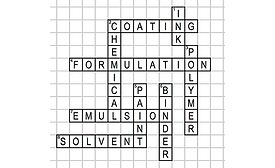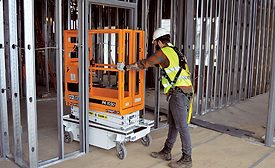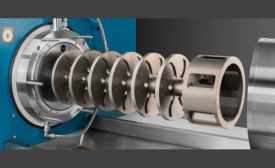Featured on Home Page
Novel 1K and 2K Moisture Curing Vinyl Alkoxysilane Technology
as Alternative to 2K Polyurethane Topcoats
November 8, 2019
Keep the info flowing with our eNewsletters!
Get the latest industry updates tailored your way.
JOIN TODAY!Copyright ©2025. All Rights Reserved BNP Media.
Design, CMS, Hosting & Web Development :: ePublishing










